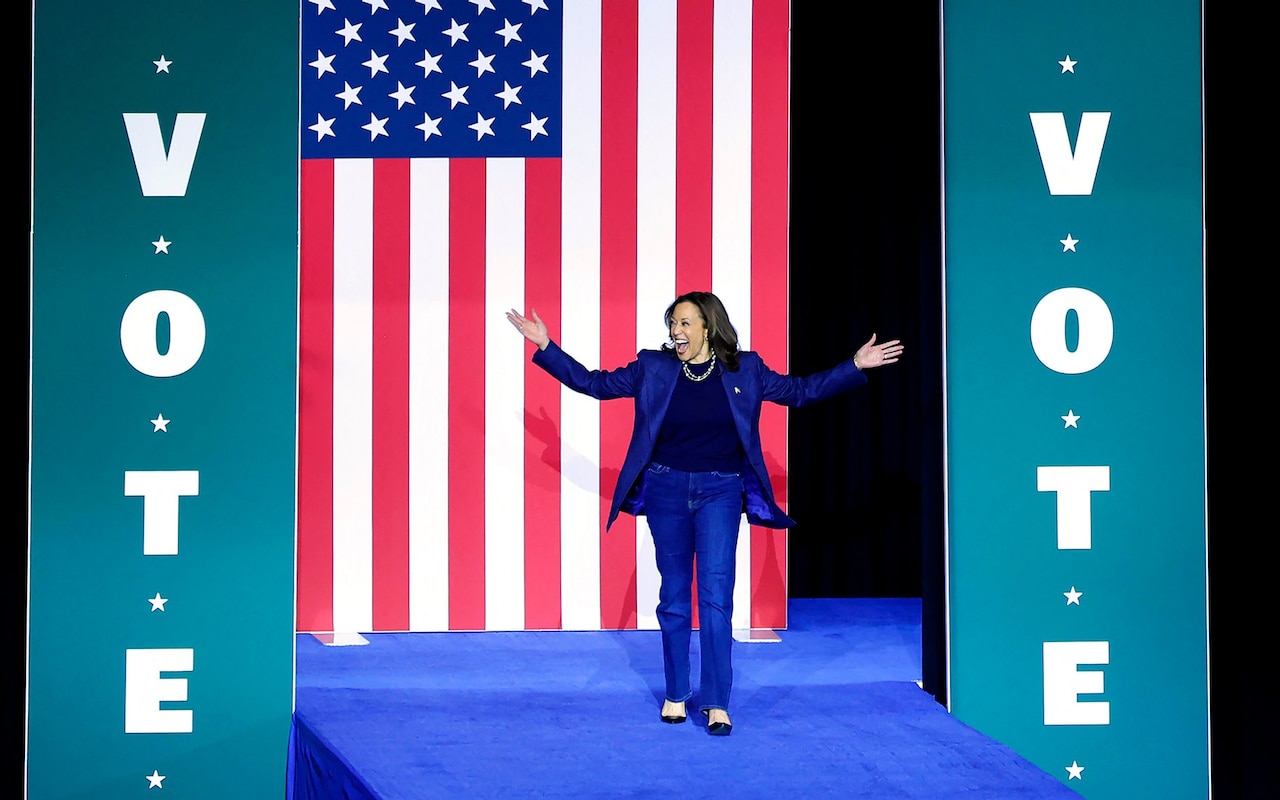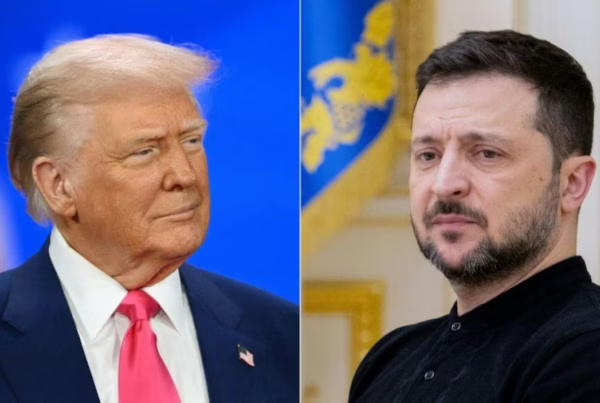When Kamala Harris took over the Democratic presidential campaign, much weight rested on her shoulders. In a cloud of uncertainty, Harris has swapped out a traditional, highly polished campaign for authenticity and personality. She is turning towards social media, embracing what Gen Z voters care about, and showing younger voters that she is listening.
Some voters worried that Harris would have a difficult time taking over the campaign from President Joe Biden. Nevertheless, she has taken the discouragement voters felt with Biden and turned it on its head.
“Our people-powered campaign is fueled by hope, optimism, and our love of our country,” said Harris in a statement on Instagram. This message resonates greatly with her supporters. After months of calls for Biden to drop out, Harris needed to show voters she could fight former President Donald Trump. The slogan “We’re not going back!” has become a resounding chant at Democratic rallies.
However, while Harris wants hope, Trump is coming for revenge. “Trump is focused on his gripes and revenge and retribution,” said Cedric Richmond, a Harris campaign adviser, to Vanity Fair. “Harris is going to continue to do what she has been doing, which is take her message directly to the voters and talk directly about the things they care about most.”
It is a breath of fresh air for the Democratic party, which felt its opinions were falling on deaf ears with Biden. Harris is not focused on the press; she is going straight to the people. In fact, Harris, alongside Democratic vice presidential nominee Tim Walz, is doing the fewest interviews and press conferences in modern U.S. history of political campaigning.
On the other hand, Trump and his Republican running mate J.D. Vance are fully embracing interviews. However, it might not be the best strategy for them. It seems that bad press sure isn’t good press for their campaign. While Vance was calling women without children “childless cat-ladies,” Trump was claiming immigrants “are eating pets.”
The internet has made countless jokes out of these statements, and Harris’s campaign has not hesitated to join in. In fact, her use of social media is key to strengthening her appeal to young voters. Take a look at Kamala HQ on Instagram or TikTok, and you will understand what makes her campaign so different from past ones. Memes, edits, pop culture – Harris is embracing Gen Z interests to speak to this generation’s voters. Her use of “memeification” allows her to ridicule Trump, placing him in strong juxtaposition to her own performance.
Kamala HQ’s most popular TikTok video references a song from singer Chappell Roan, stating that the US needs a “femininomenon,” showing the importance of Harris’s potential to be the first female president.
Another popular post is a slide show of Trump’s hypothetical “frequently asked questions” on Google, including “How to back out of a debate,” “How to hide project 2025,” and an “Am I weird quiz.” The TikTok account also posted Trump’s tweets about Harris with an audio of Taylor Swift’s lyrics, “I never trust a narcissist, but they love me.” Additionally, they used Trump’s ridiculed claim of having “concepts of a plan” during the debate to highlight their own nonconceptual plan.
Her campaign on social media is not just jokes — it displays her policies in a clear, engaging way. Videos break down her proposed economic plans, expose the reality for women across America since Roe v. Wade was overturned, and reveal the danger of Project 2025. By embracing short-form content, Harris can get her point across concisely and powerfully.
We cannot talk about Harris’s social media strategy without addressing her “Brat” rebrand. This rebrand all started when British singer Charli XCX tweeted, “Kamala IS Brat,” a reference to the singer’s new album “Brat.” The Harris campaign jumped on the opportunity to post “Brat” memes and use the album’s signature green color for their social media branding. By doing so, Harris showed that she did not have to follow the traditional and “professional” campaign branding. She could instead embrace the excitement of young voters and acknowledge their interests.
Harris has also drawn support from other celebrities. Such endorsements, though controversial, have proven to have a major impact. Taylor Swift’s endorsement via an Instagram story, for example, generated a total of 405,999 visits to Vote.gov in 24 hours. To put this in perspective, the site’s daily average was 30,000 visits at the time. Billie Eilish, Jennifer Lawrence, Olivia Rodrigo, and George Clooney are just a few other names who have confirmed their support for the Harris-Walz team as well.
Instead of doing what all the politicians before her have done, Harris has forged a new path. She is bridging the generational divide between herself and young voters through her campaign strategy. Her understanding of the importance of viral, humorous social media content to spark a discussion on serious policy issues shows that she knows campaign strategies need to evolve. Voters do not want page-long explanations of policies. They want easily accessible information and authenticity.
That is what the Harris campaign is all about – listening to voters, embracing what they care about, and inspiring hope. Whether this campaign is successful enough to make Harris president, we do not know. But, for the Democratic Party, Harris is the light at the end of the tunnel. They can only hope it does not dim.
Other posts that may interest you:
Discover more from The Sundial Press
Subscribe to get the latest posts sent to your email.





